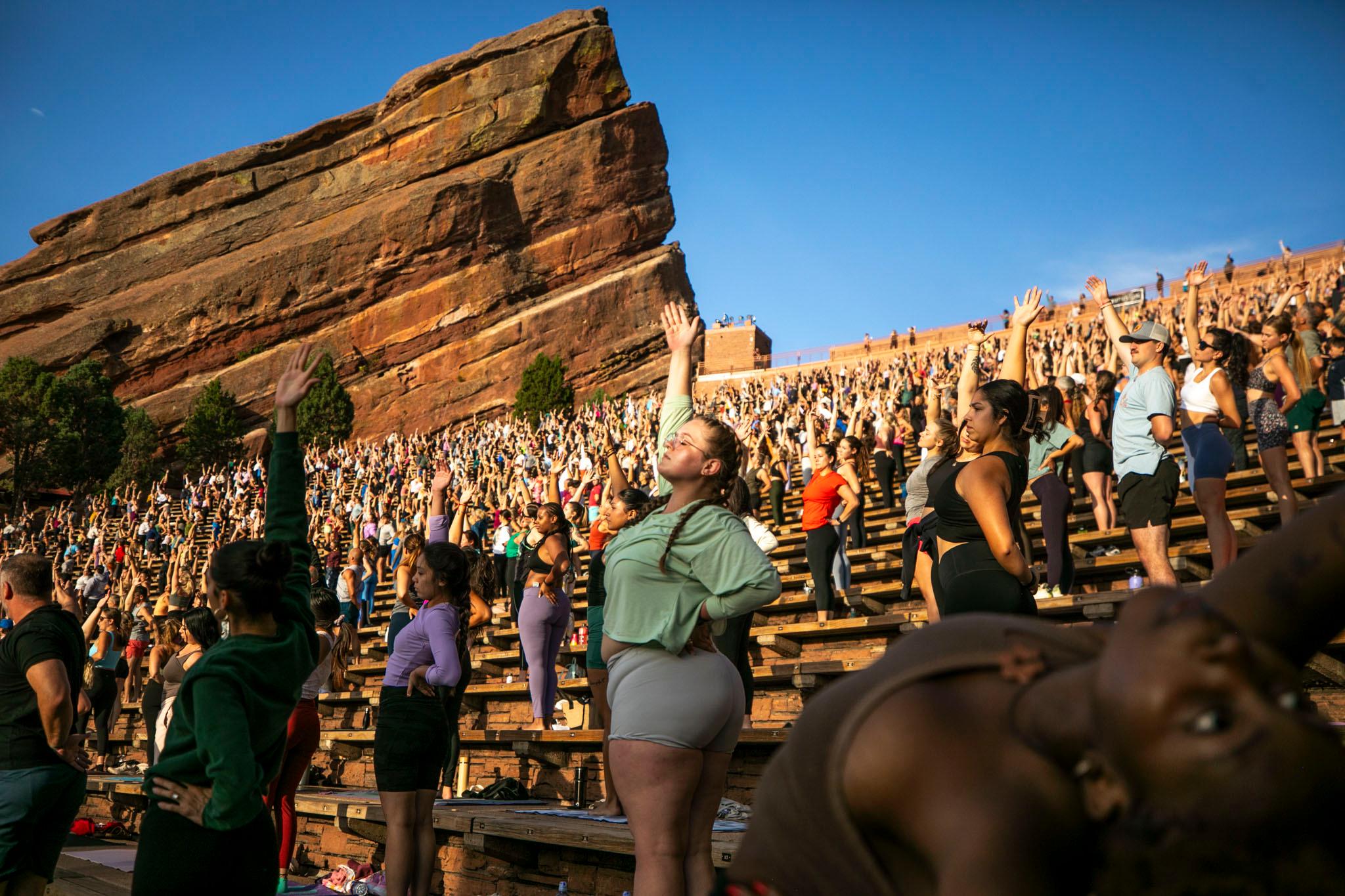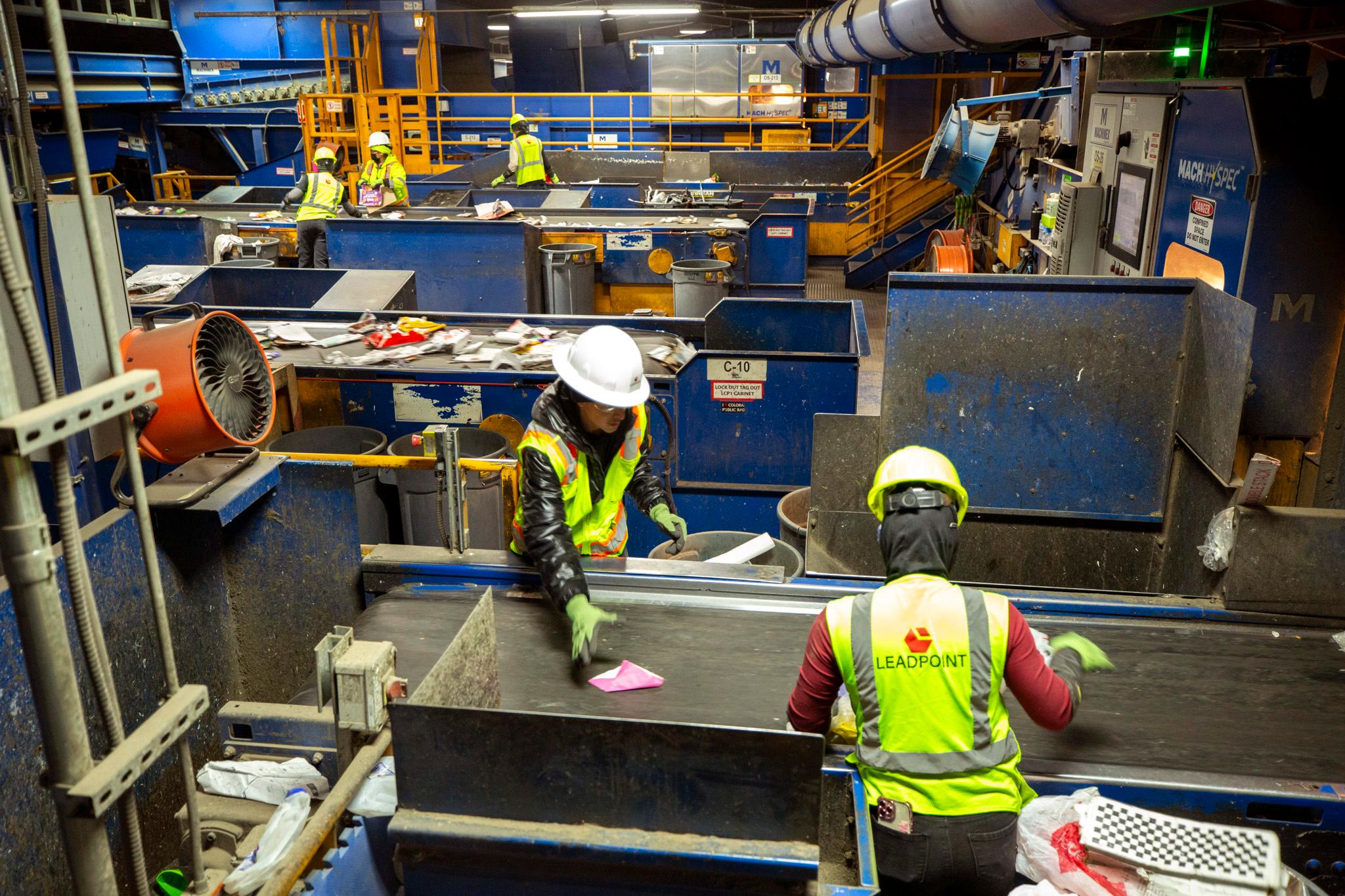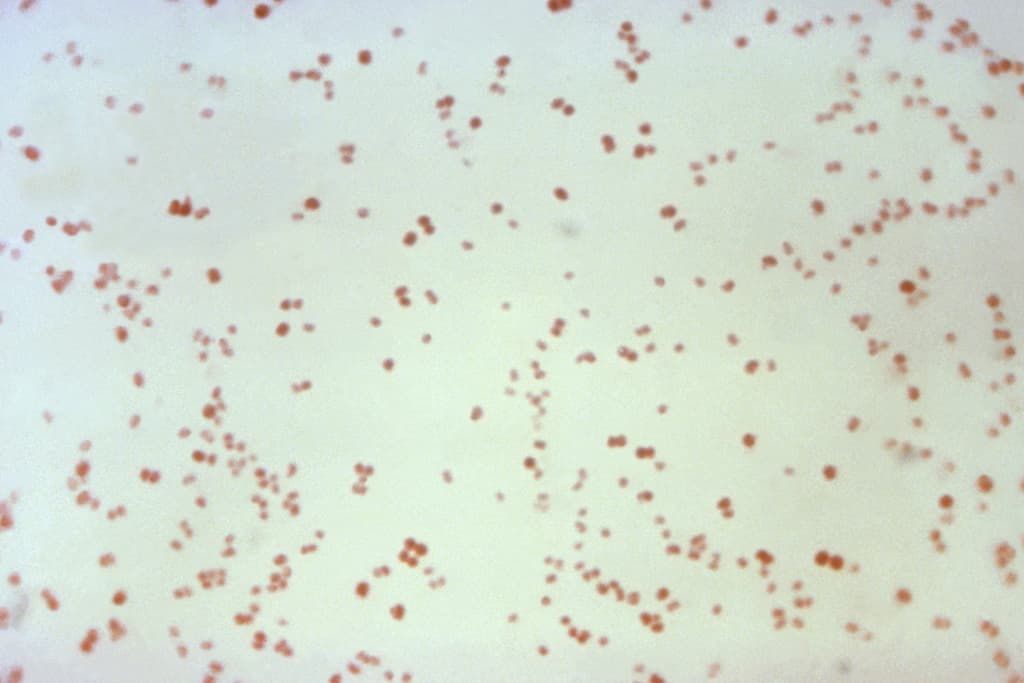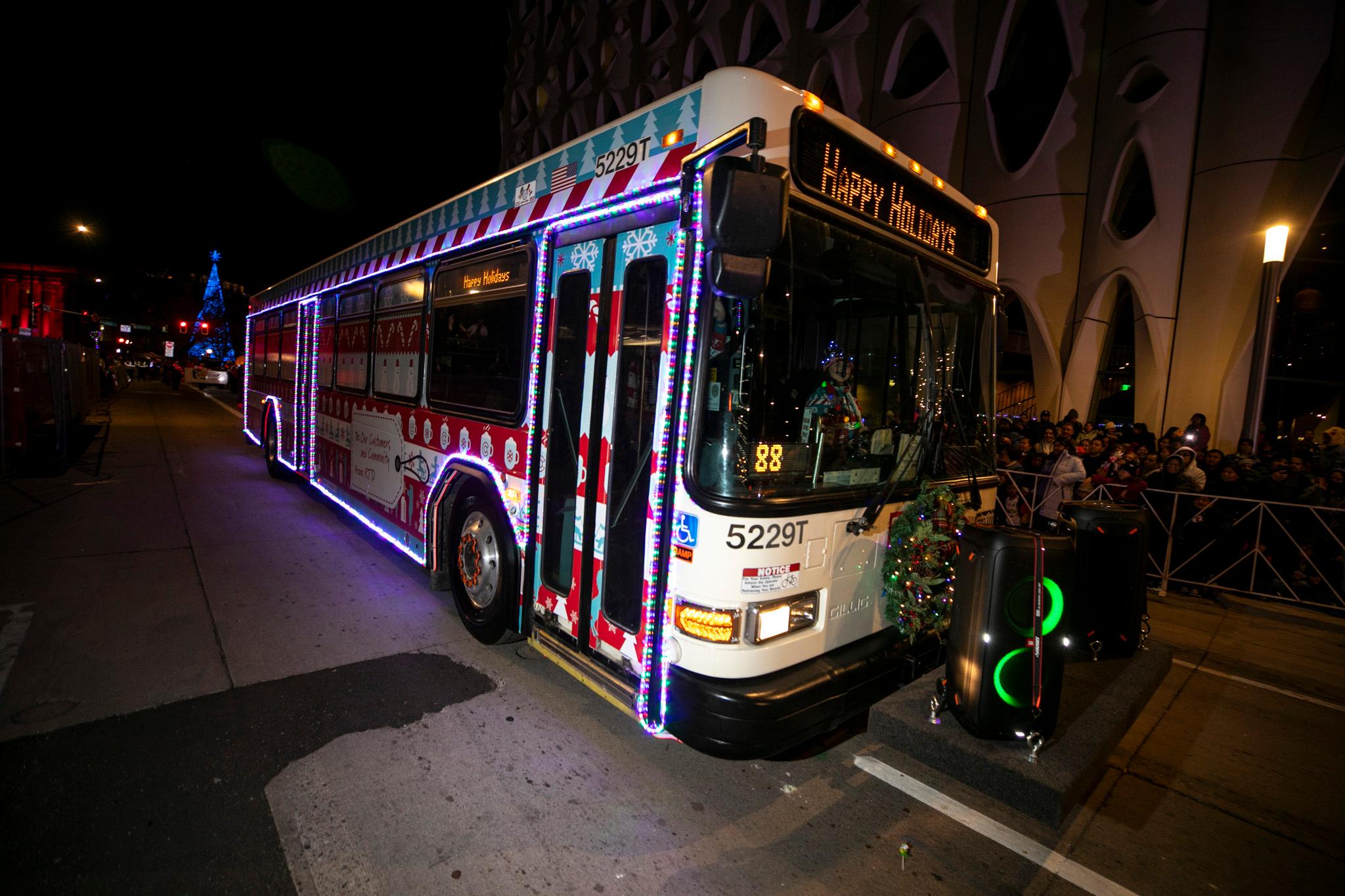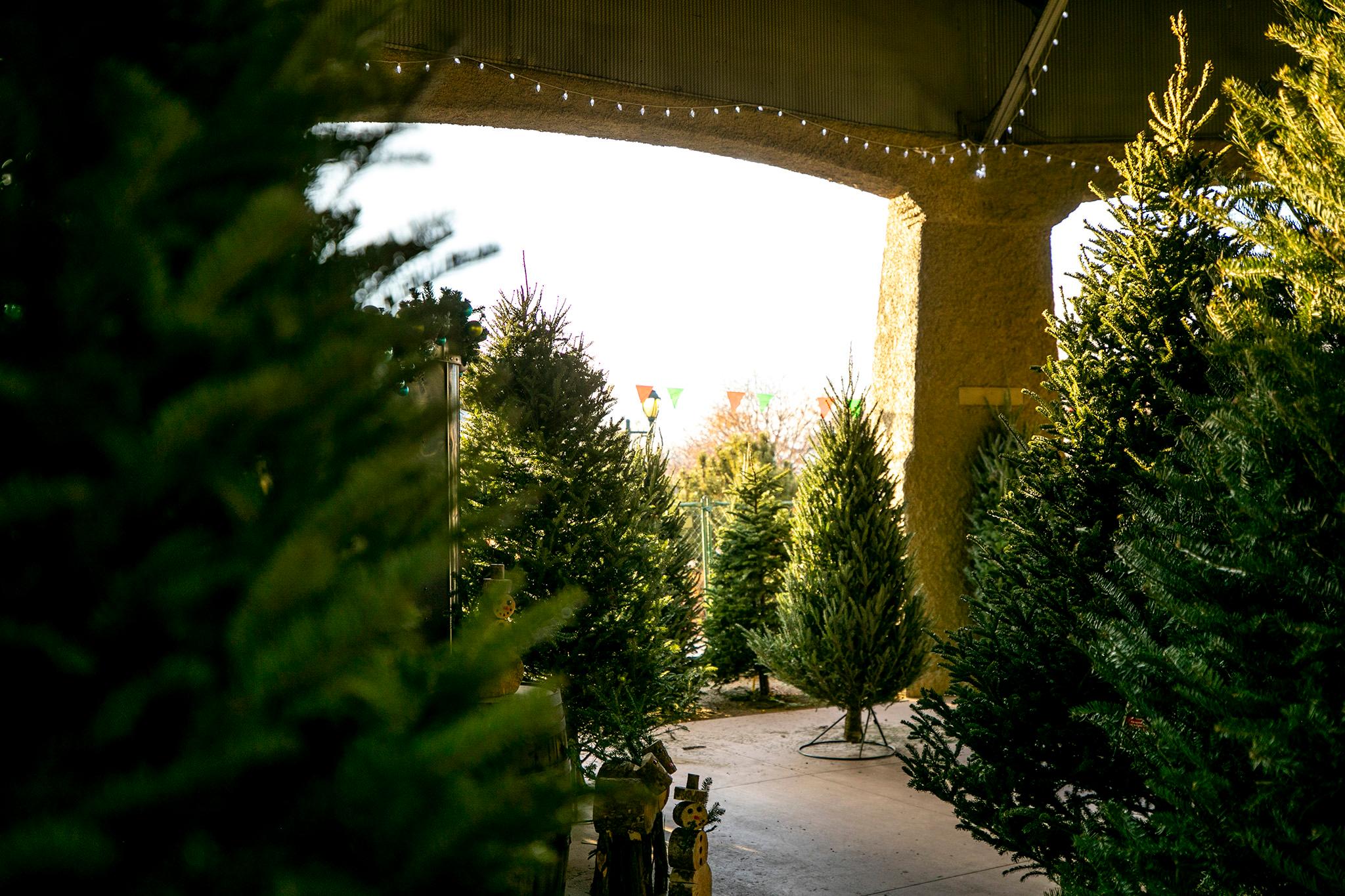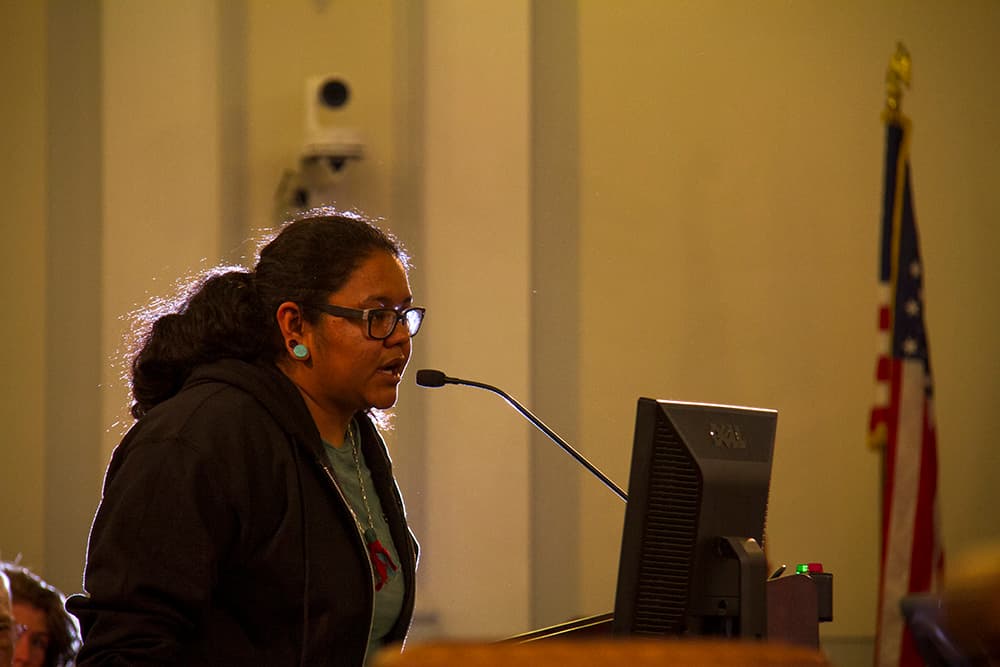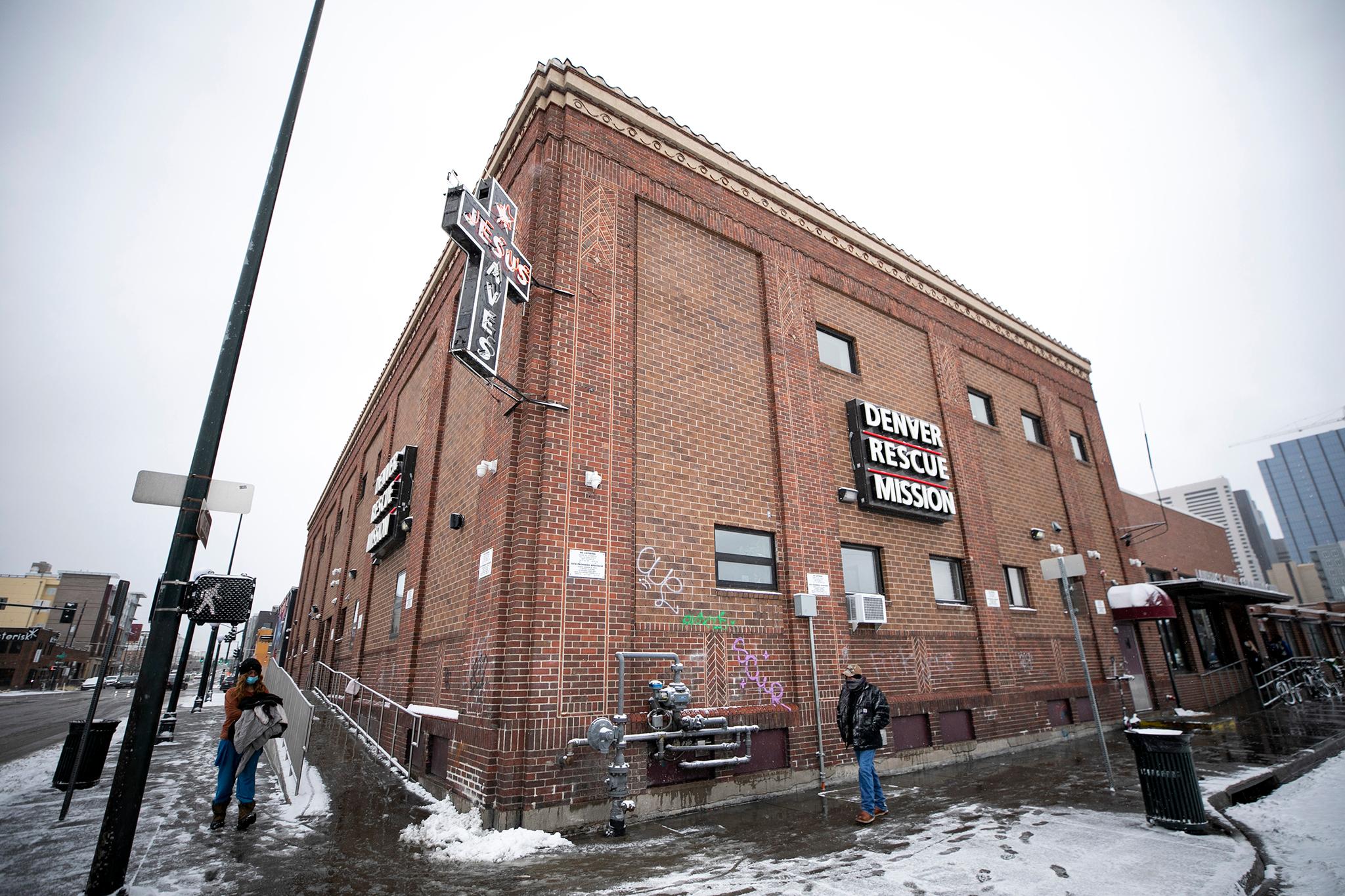For years, a shadow has loomed over Red Rocks — it’s impossible to get to a concert at Colorado’s iconic concert venue using public transit.
That’s not hyperbole — there are quite literally no trains or buses that shuttle music fans to the Morrison venue.
That’s set to change on Memorial Day weekend in 2026, when a multi-agency transit initiative known as Westracks launches.
Westracks will bring shuttle service to Red Rocks and five other stops in Jefferson County.
The full list of stops is:
- Jefferson County Government Center
- Matthew/Winters Park Trailhead
- Martin G. Lockley Center at Dinosaur Ridge
- Red Rocks Trading Post
- Downtown Morrison
- Morrison Natural History Museum
Transit purists may be disappointed, though.
During the pilot period, which runs from 2026 to 2028, the shuttle is only expected to run during weekends and holidays.
The shuttle will run from 9 a.m. to 5 p.m. between Memorial Day and Labor Day — which coincides with peak concert season.
Red Rocks typically hosts over 200 events a year — with most starting 6 p.m. or later. In 2025, the venue is on track to host 222 events, nearing the record high set in 2022.
The route will cover 8 miles and will take approximately 15 minutes to complete, according to Jefferson County.
The pilot program is supported by an $840,000 grant from the Regional Transportation District.
While the shuttle won’t have any stops in Denver, its first stop at the Jefferson County Government Center will connect to the RTD’s W Line. The line runs between the center and Denver’s Union Station.
During the weekends, the W Line runs about twice an hour.
Getting to Red Rocks from Denver will still require some planning.
The concept has been in the works since 2023 by Jefferson County Commissioner Andy Kerr and Denver City Councilmember Darrell Watson. The Town of Morrison, Dinosaur Ridge and the Regional Transportation District are also partners in the initiative.
Jeffco views the access to Red Rocks as a perk, but not the purpose, of what they envision as a transit service that connects people to nature and other local attractions.
“This project is about more than just transportation—it’s about making our incredible natural resources more accessible, reducing traffic and emissions, and supporting local economies,” Kerr said.

